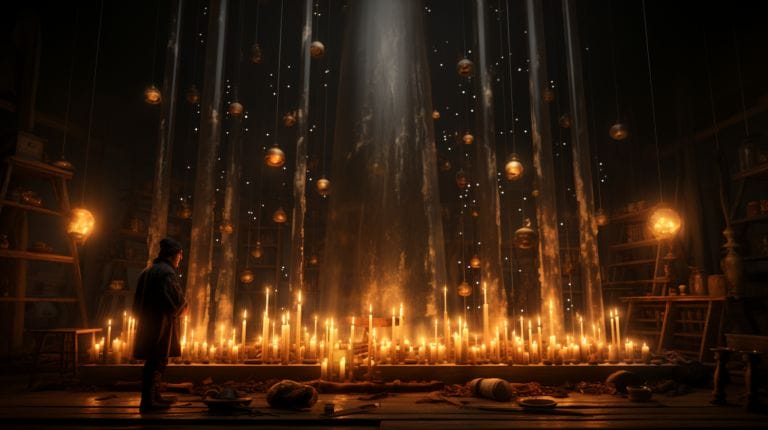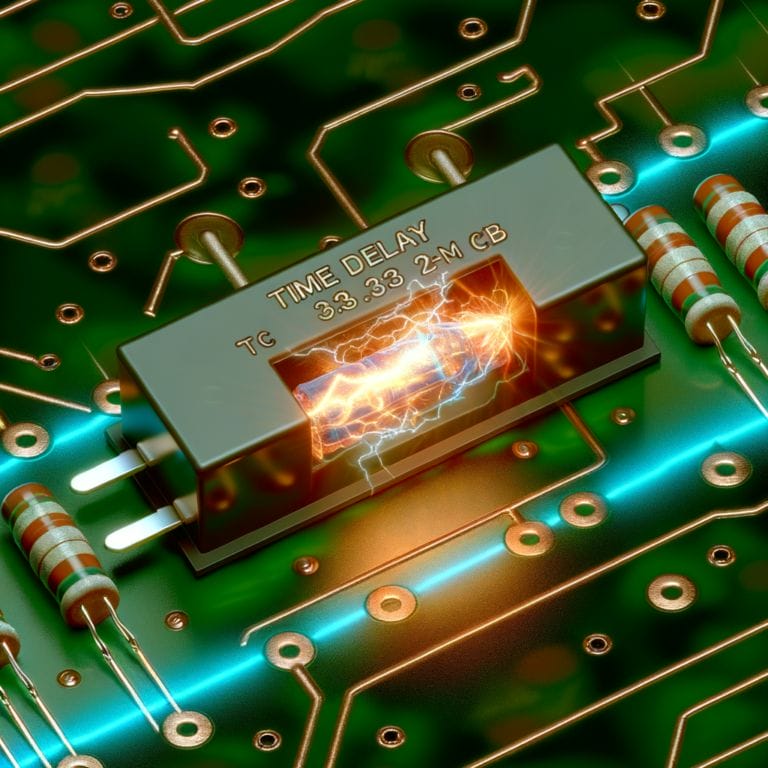How to Join LED Light Strips: Connect LED Strip Lights
Just like a chef meticulously joins ingredients to create a masterpiece dish, we understand the art of connecting LED light strips to illuminate spaces beautifully.
Given our years of experience, we’ve gathered not just the steps but the tricks of the trade to ensure a seamless connection. Whether it comes to choosing right tools, materials or troubleshooting typical issues, we’re here to guide you in using LED light strips effectively.
But it’s not just about connecting the dots; maintaining your LED light strip installation is crucial for long-lasting brilliance. Stick with us in our How to Join LED Light Strips guide to uncover the essentials for a radiant setup that stands the test of time.
Key Takeaways
- Select the right LED strip type based on your specific lighting needs for effective solutions.
- To ensure a safe installation of your RGB LED strip light, use the right tools and materials including correct wattage power supplies and compatible connectors.
- Follow a step-by-step guide for connecting LED strips, including preparation and troubleshooting common issues.
- Regular maintenance, like cleaning and checking connections, ensures the longevity of LED light strip installations.
Understanding the Basics of LED Light Strips

Before you proceed to install LED, it’s necessary to understand the fundamental nature of LED light strips and the various roles they play in different settings. LED light strips, comprised of small light-emitting diodes (LEDs), offer versatile lighting solutions that cater to both functionality and aesthetics. From enhancing home decor to providing essential illumination in commercial spaces, these strips adapt to various needs, making an understanding of their basics paramount for anyone keen on innovation.
The beauty of LED light strips lies in their diversity. Available in multiple types, each variant serves a specific purpose, influenced by brightness, color, and power requirements. Selecting the right LED light strip hinges on the intended use, whether it’s for subtle ambiance or bright, efficient workspace lighting. This choice directly impacts the effectiveness of the lighting solution, underscoring the importance of informed selection.
Connecting LED light strips might seem daunting, but it’s all about knowing the right ways to connect LED elements. Utilizing a strip connector is one of the most straightforward methods, allowing for a hassle-free link between segments without needing to solder. However, for those who prefer a more permanent solution, soldering ensures a robust connection, making it ideal for setups where durability is key.
Tools & Materials Needed to Connect LED Strip Lights

To successfully install LED lights together or in multiple strips, a variety of tools and materials tailored specifically for the task are required. Embarking on this innovative journey requires not just creativity but also precision and safety.
- Reliable Connector:
- A crucial bridge for seamless connection of multiple LED strips.
- Ensures versatility and expansiveness in lighting design.
- Selection of the Right Wire:
- Critical role in providing pathway for electricity during installation.
- Vital to match wire with LED strip voltage requirements.
- Prevents potential hazards and ensures optimal performance.
- Suitable Power Supply:
- Cornerstone in LED installation process.
- Must match voltage needs of LED strips for efficient operation.
- Ensures safety and effectiveness of lighting project.
- Safety Precautions:
- Avoid cutting the strip during installation due to electricity involvement.
- Use insulated gloves and wire strippers.
- Have a clear understanding of electrical requirements for safety during project execution.
Step-by-Step Guide on How to Connect LED Strip Lights

Armed with the right tools and a clear understanding of safety, we’re now ready to guide you through connecting your LED strip lights step by step. This process isn’t just about creating illumination; it’s about infusing innovation into every corner of your space.
- Preparing Your LED Light Strip for Connection: First off, we need to prepare. Ensure your LED strips are cut according to the length you desire, paying close attention to the cutting lines to avoid damaging the circuits. Peel off the adhesive backing, but don’t stick it to the surface yet in case you need to adjust the strip along the way. This preparation step is crucial for a smooth connection process.
- Connecting Your LED Light Strips Together: Once we’ve prepared our strips, it’s time to connect. Align the connectors with the copper pads at the end of each LED strip, ensuring they’re securely fastened. For strips that need to be joined without a gap, direct connectors are your best bet.
- Dealing with Corners and Angles in LED Strip Installation: Flexible connectors can easily navigate tricky areas, especially corners and angles, when using different LED strips. These connectors allow us to bend, twist, and turn our strips, ensuring they fit perfectly into any corner or curve. A seamless installation is always possible when using LED strips, partially thanks to their impressive flexibility.
Troubleshooting Issues When Connecting LED Strip Lights

Despite our best efforts, sometimes we’ll encounter issues when connecting LED strip lights. Troubleshooting LED light strips can seem daunting, but with the right approach, we can tackle connection issues head-on and keep our innovative projects glowing brightly.
If the LED strips aren’t lighting up, ensure all connections are secure and correctly aligned. If the problem persists, check for any visible damage to the strips or wiring. Sometimes, a simple visual inspection can reveal the culprit.
Uneven lighting across strips can often be attributed to voltage drops, especially in longer setups. To solve this, consider using a higher power supply or installing amplifiers at regular intervals to maintain consistent brightness.
Dimming or flickering lights might indicate a loose connection or insufficient power supply. Tightening connections and ensuring your power source meets the strip’s requirements can usually rectify this.
Despite these solutions, some situations call for professional help. If you’ve gone through basic troubleshooting and your LED light strips still aren’t functioning as expected, it might be time to consult with an expert.
Beyond Connection: Maintaining Your LED Light Strip Installation

Once we’ve successfully connected our LED light strips, it’s crucial to maintain them properly to ensure their longevity and performance. Here’s how we can keep our LED light strips in top condition:
- Keeping Your LED Light Strips Clean and Dust-Free
Regular cleaning plays a pivotal role in the maintenance of our LED light strips. By ensuring they’re free from dust and debris, we prevent overheating and potential damage, thereby extending their lifespan.
- Boosting the Lifespan of Your Installed LED Strip Lights
For safety, avoid over-extension of LED strips during installation; also ensure they are not exposed to moisture or extreme temperatures. This is one end of the advice given in this article, and it falls under International copyright laws. Such precautions contribute significantly to maintaining the performance and durability of our LED lights.
- Upgrading and Customizing Your LED Light Strip Installation
As our needs and tastes evolve, we find ourselves drawn to customization and upgrades. Whether it’s integrating smart controls for enhanced functionality or adding new colors and patterns for a fresh look, upgrading our LED light strips allows us to tailor our lighting to our current preferences without compromising on quality or efficiency.
Conclusion
So, there you have it! We’ve walked you through the essentials of connecting LED light strips, from the basic understanding to troubleshooting common issues.
Remember, having the right tools and following our step-by-step guide will make the process a breeze. But don’t forget, maintaining your LED light strip installation is just as important to ensure longevity and performance.
If you ever hit a snag, revisit our troubleshooting tips. Here’s to brightening up your space with ease!
Frequently Asked Questions
How do I join LED light strips together?
To join LED light strips together, you can use clip-on connectors, soldering, or special tape connectors. Clip-on connectors are the easiest way to connect the LED light strips without needing to work with solder or special tools.
What do I need to connect LED light strips?
To connect LED light strips, you will need clip-on connectors, soldering equipment (if you choose to solder them together), special tape connectors, and a power supply compatible with the LED light strips.
Can I cut the LED light strips to a specific length?
Yes, you can cut the LED light strips to a specific length using scissors. Most LED light strips have labeled points where you can cut them without damaging the individual LED lights.
What is the easiest way to connect multiple LED light strips together?
The easiest way to connect multiple LED light strips together is by using clip-on connectors. These connectors allow you to simply attach the ends of the LED light strips without the need for any cutting or soldering.
What type of power supply do I need for LED light strips?
For LED light strips, you will need a power supply that matches the voltage requirements of the strips. Most LED light strips operate on 12V, so you’ll need a 12V power supply to ensure they work properly.







